
Few things are as confusing when it comes to home improvement projects than picking a wood finish. You know this if you've ever found yourself in the wood finish section of your local hardware store. It's only a matter of seconds before your head starts to spin. Your mind is brimming with questions as you walk down the aisle, like: What's the difference between lacquer and shellac? Can you put varnish over them? Is tung oil good for furniture?
These products can be intimidating and difficult to tell apart for the average homeowner or fledgling woodworker. But once you know a little bit about what each finish type is made of, and how they work, you can choose wood finishes for many projects with ease.
If you’re a newbie to finishing wood, or simply not sure how to protect your latest flea market furniture find, we’re here to help. We'll also answer your frequently asked questions--the ones you might be embarrassed to ask at the hardware shop!
First, let’s cover the main types of wood finishes.
Tung Oil
A natural oil extracted from the seeds of the tung tree. It penetrates the wood, enhancing its natural color and grain with a glossy finish. Tung oil hardens upon exposure to the air. It needs to be mixed with a thinner or solvent of some kind.
What it’s best for: decks, floors
Linseed Oil
Derived from flax seeds, linseed oil enhances the wood's appearance by penetrating deeply. It provides a glossy finish and is often used in combination with other finishes. Pure linseed oil can yellow or darken over time.
What it’s best for: firearm stocks and sports equipment
Danish Oil
A blend of oils and varnish, Danish oil offers both protection and a naturally shiny appearance. It enhances the wood's grain and is easy to apply. There’s no standard formula for Danish oil, so products from different manufacturers may perform differently.
What it’s best for: handles and wooden utensils
Cedarwood Oil
Typically used to finish cedar wood, cedar oil is an essential oil from cedar or other conifer trees. It helps preserve the wood's natural aroma and color while working as a natural pesticide.
What it’s best for: reviving the scent of cedar furniture
Shellac
Made from the resin secreted by the lac bug, shellac creates a shiny finish (and kind of makes you wonder who first figured out how to use this insect byproduct this way!) Shellac comes in different color variants, and the “blonde” version can be applied as a sealant over a stain. While it can scratch more easily than other types of wood finish, that’s easily fixed with another coat of shellac.
What it’s best for: furniture, decorative objects, walnut and mahogany woods
Lacquer
A clear or colored wood finish that dries quickly to form a hard, durable coating. True lacquer comes from the sap of the Chinese lacquer tree. But more commonly, “lacquer” today refers to a combination of shellac, nitrocellulose, and other substances. It can be all-natural, synthetic, or a combination of both. Lacquer is easy to apply with a natural bristle brush or sprayer.
What it’s best for: doors, shelves, and cabinets
Varnish
Varnish is usually a go-to for exterior applications. It’s a transparent, hard, protective finish that dries into a tough film. Varnish is usually made up of a drying oil, a resin, and a solvent. It provides excellent protection against moisture, scratches, and heat.
What it’s best for: Floors, outdoor furniture
Wax
Wax provides a low luster finish and a moderate level of protection. It enhances the natural beauty of the wood but requires periodic reapplication, and it won’t stand up well to high temperatures or UV exposure. The most common wax for wood finishes is carnauba wax.
What it’s best for: furniture and flooring
Polyurethane
A synthetic resin finish available in various sheens (matte, satin, gloss). It provides excellent durability and water resistance, making it suitable for high-traffic areas. But polyurethane comes with a significant downside: it’s difficult to fix once it’s damaged or worn out.
What it’s best for: cabinets, furniture, interior doors
Stain
A stain is a pigmented finish applied to wood to alter its appearance by adding color and highlighting the grain. In most cases, stains require an additional clear top coat (like a water based finish or polyurethane) to protect and preserve the pigments.
What it’s best for: furniture, outdoor applications, flooring
Water-Based Finishes
Water-based finishes are finishes such as acrylics or polyurethanes that use water as a carrier instead of solvents. They dry quickly, have low odor, and are environmentally friendly.
What they’re best for: exterior applications, hardwood floors
Paint
Paint is of course a heavily pigmented finish that completely covers the wood, offering solid color and protection. You can choose from latex paint, or oil-based paint.
What it’s best for: exterior applications
What's the best wood finish?
The best wood finish for your project depends on many factors. such as the type of wood, desired appearance (glossy, matte, natural), durability needs, and maintenance preferences. Polyurethane and varnish are popular choices for their durability, while oils are preferred for a more natural look, or for interior applications where durability is less of a concern.
What’s the most scratch-resistant wood finish?
Polyurethane is generally considered the most scratch-resistant wood finish due to its durable synthetic composition. Water-based finishes also hold up well.
What’s the easiest wood finish to apply?
Danish oil is often considered one of the easiest finishes to apply because it combines stain and finish in one step, requiring fewer coats and less expertise. Wood wax is also easy to apply and fairly goof-proof, while other finishes require more finesse or specific application tools.
How to Choose a Wood Finish?
Here are the main variables to consider when choosing a wood finish:
- The wood species: Some exotic wood species already have high oil content and need thinner, less viscous finishes or else there will be too much oil on the wood's surface.
- What's the required level of protection: If your project is outdoors, you'll need a finish that is water-resistant. You may also need a finish with biocides, or chemicals that prevent the growth of mold and mildew.
- Sheen Preference: tung oil and shellac are very shiny, whereas wood waxes have a more matte finish. Water based finishes and varnishes also come in more matte formulations.
- Ease of Application: Environmental Considerations: if you are not able to apply the finish in a well-ventilated area, you should avoid high-VOC content finishes and opt for oils or waxes instead. You may decide that a naturally-derived finish such as shellac or tung oil aligns with your own preferences. Finishes that flake or peel, like polyurethane, can be toxic if ingested--and if you live with children or



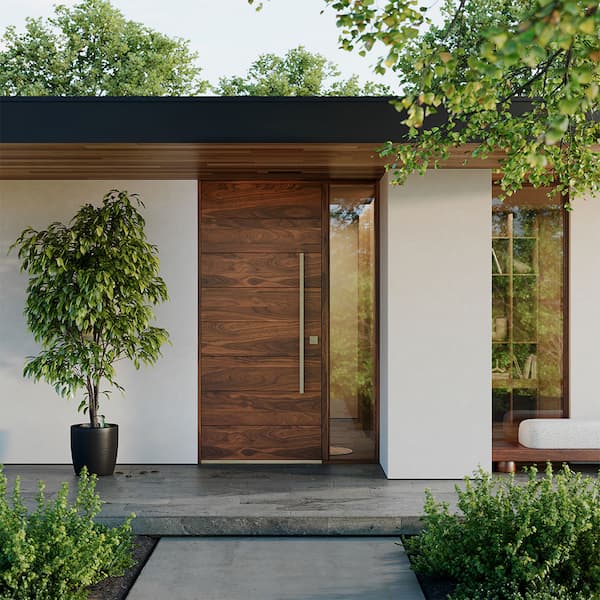


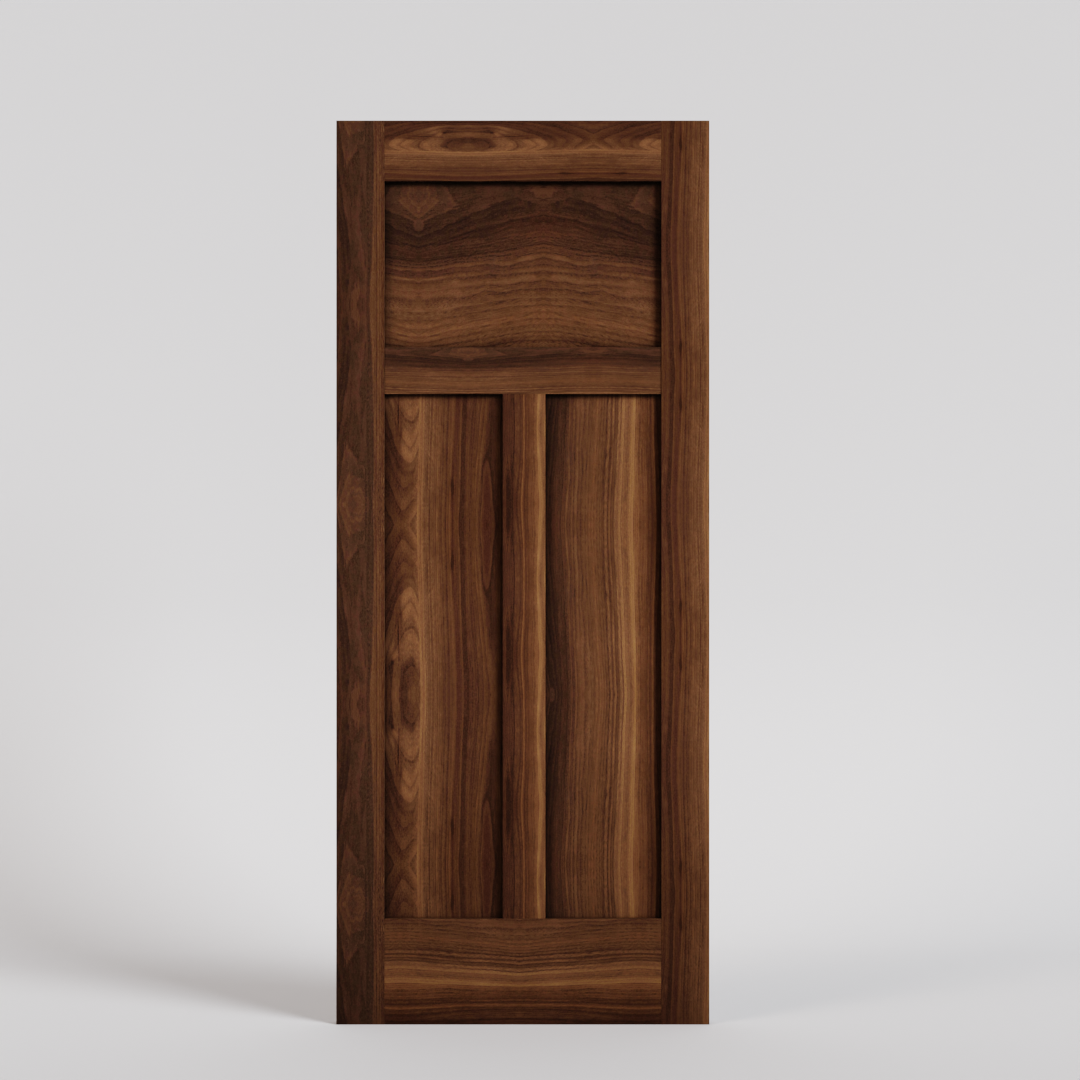
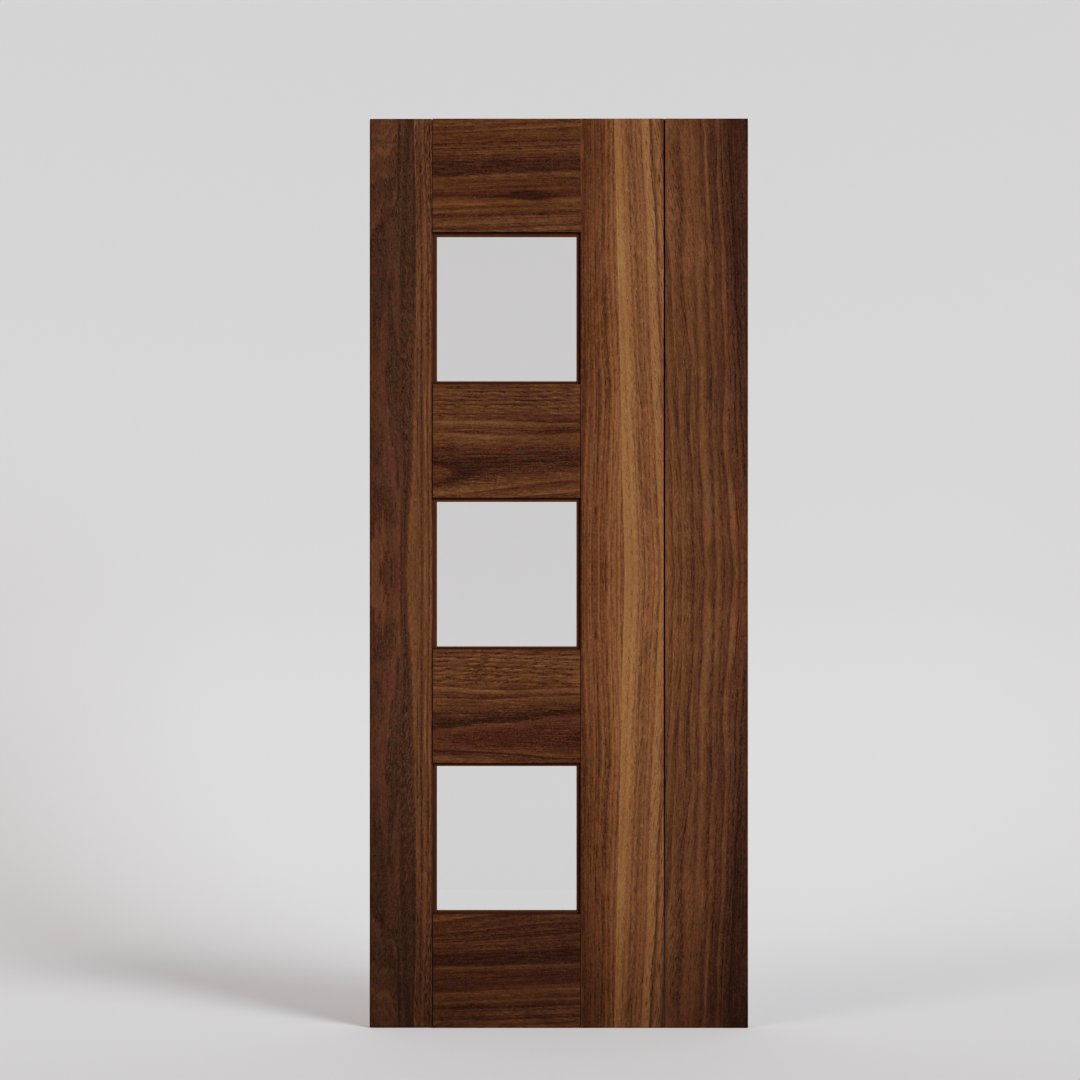
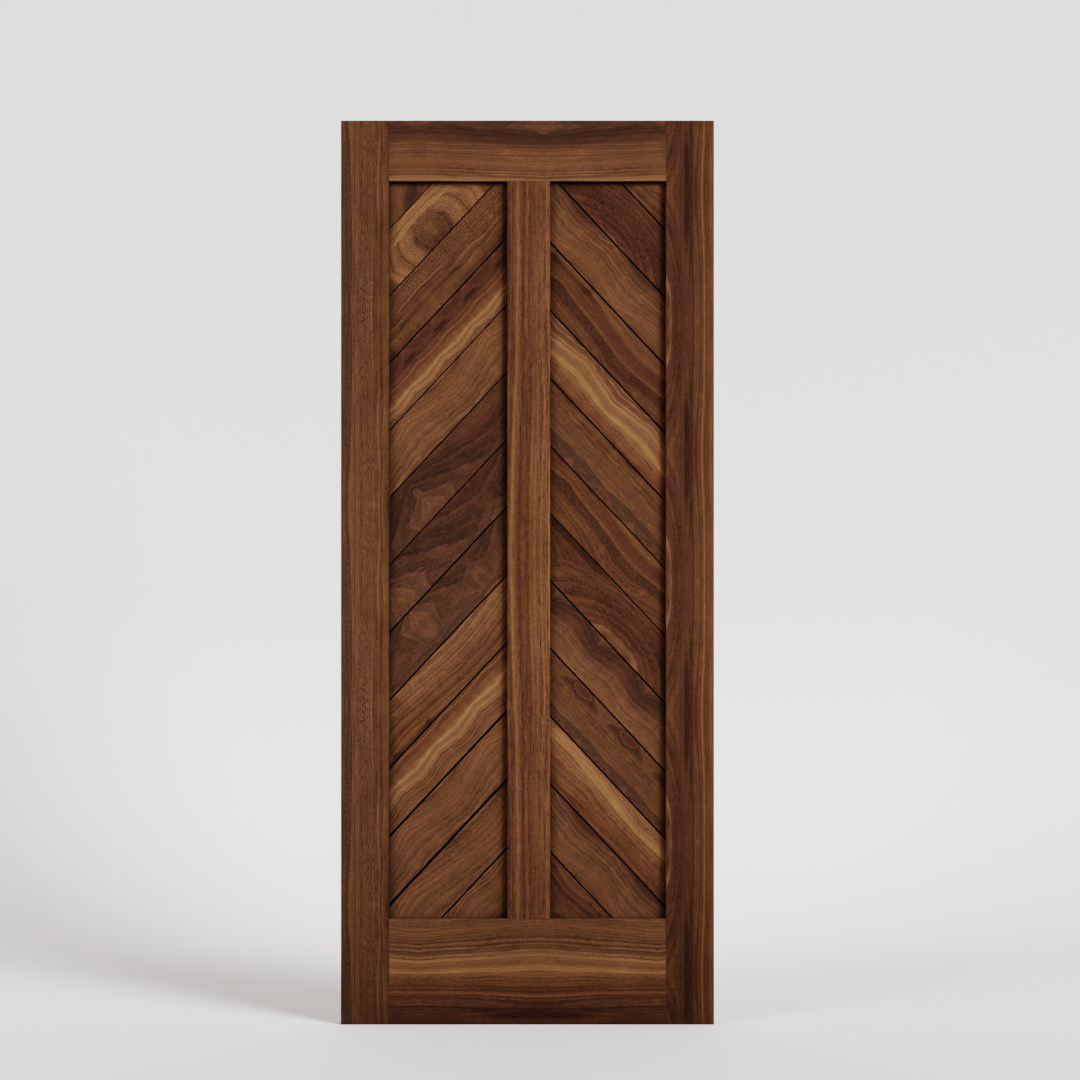
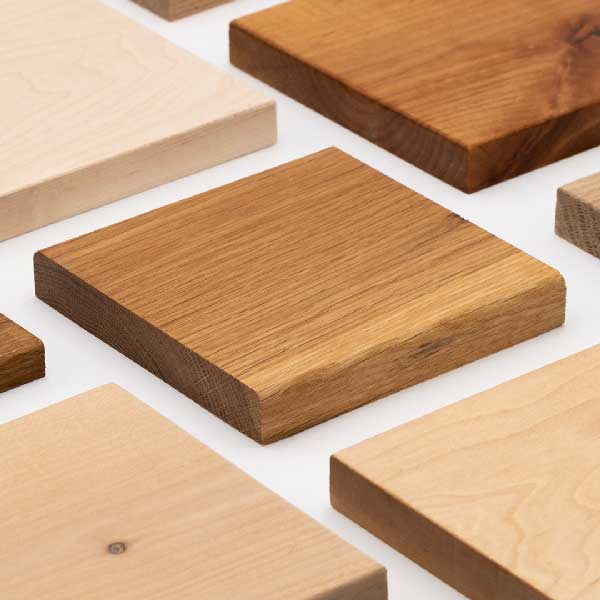

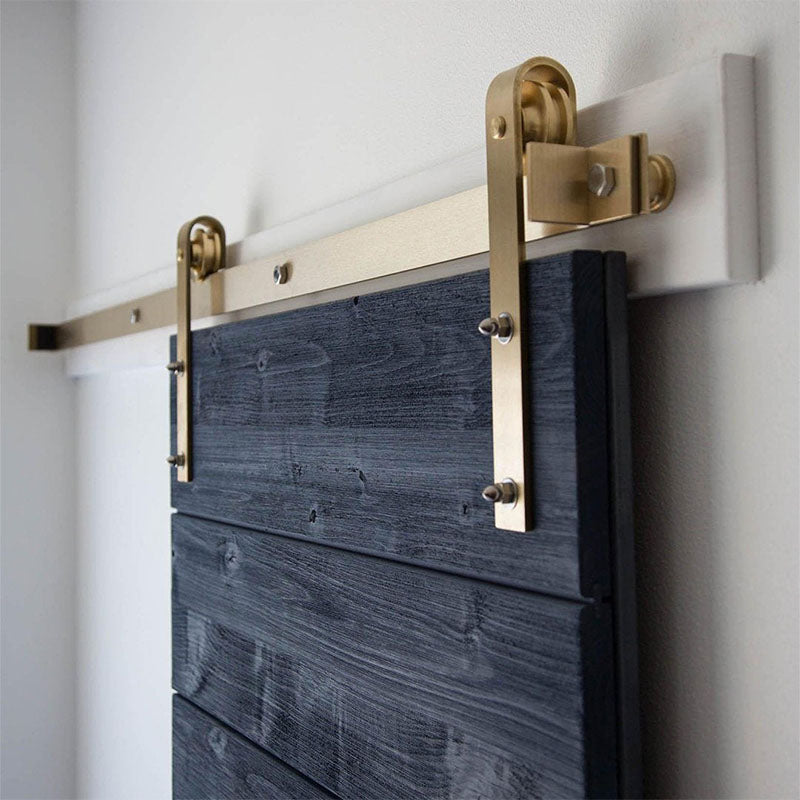
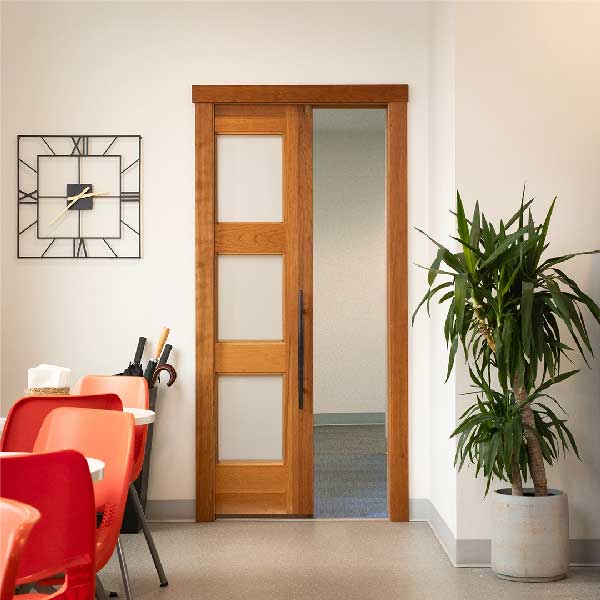

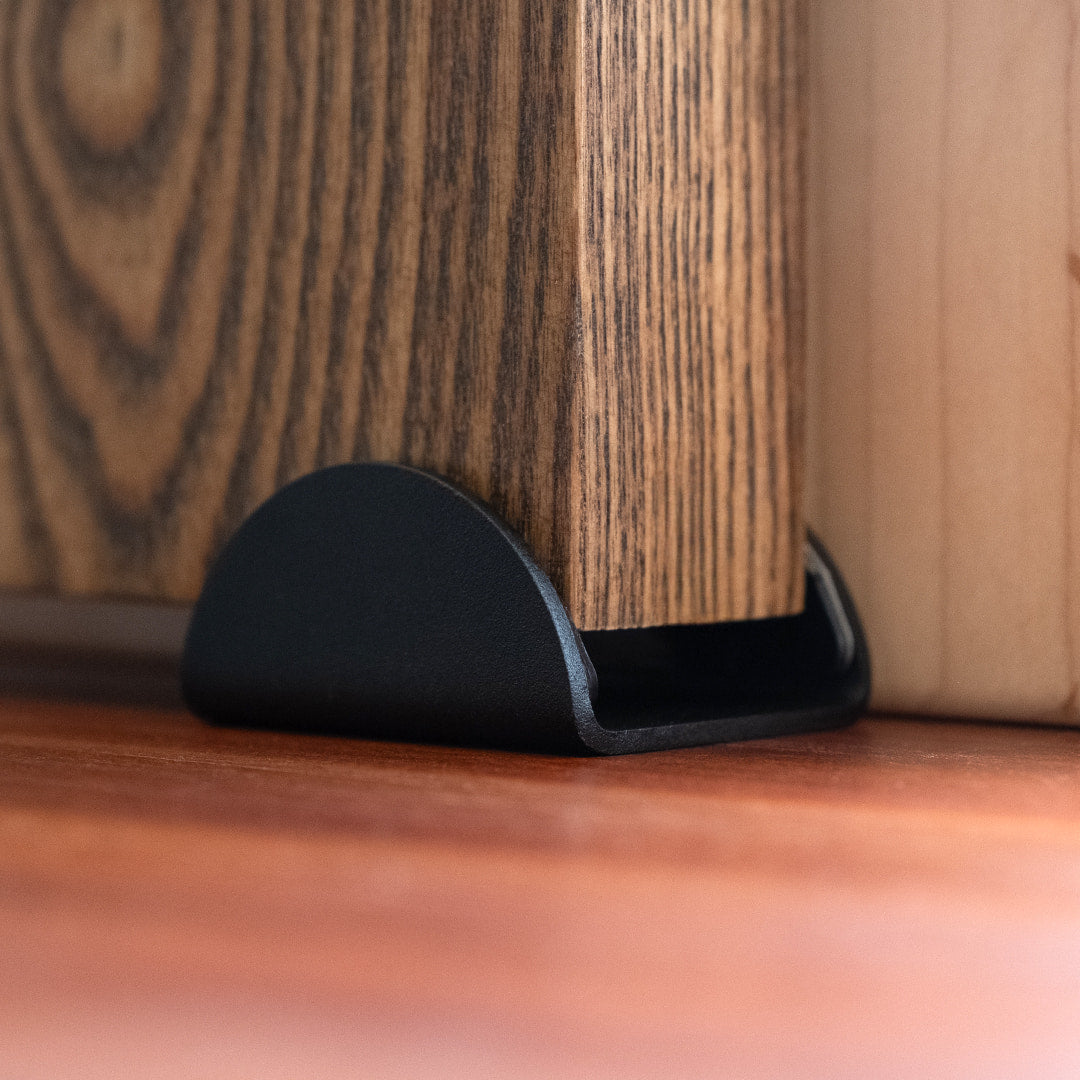
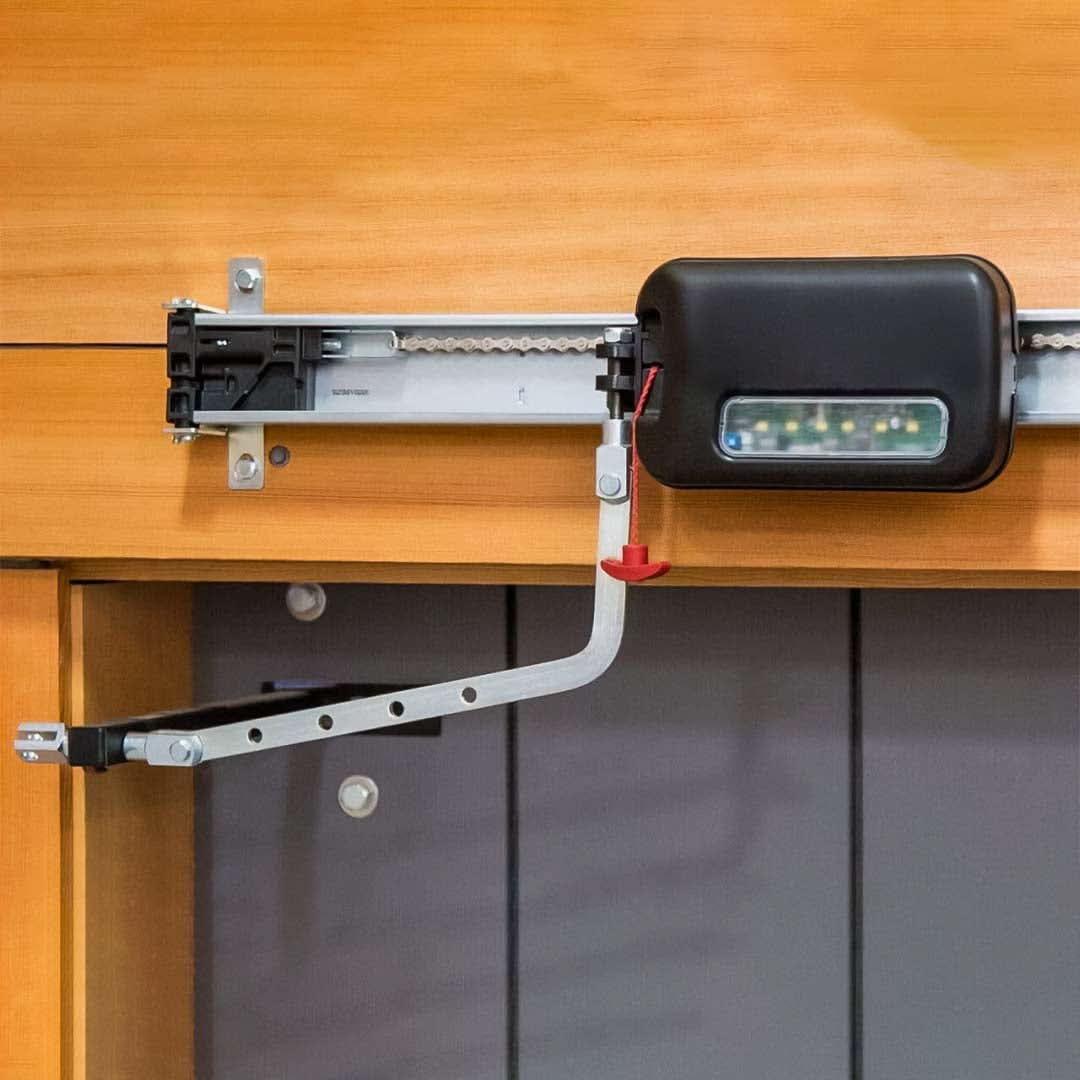






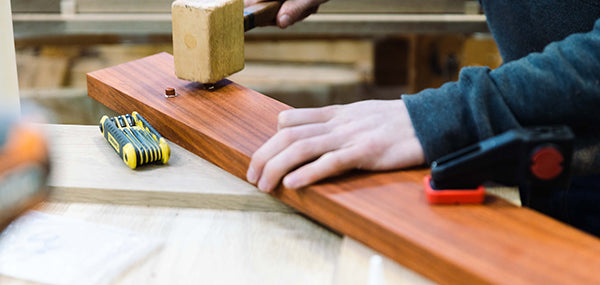

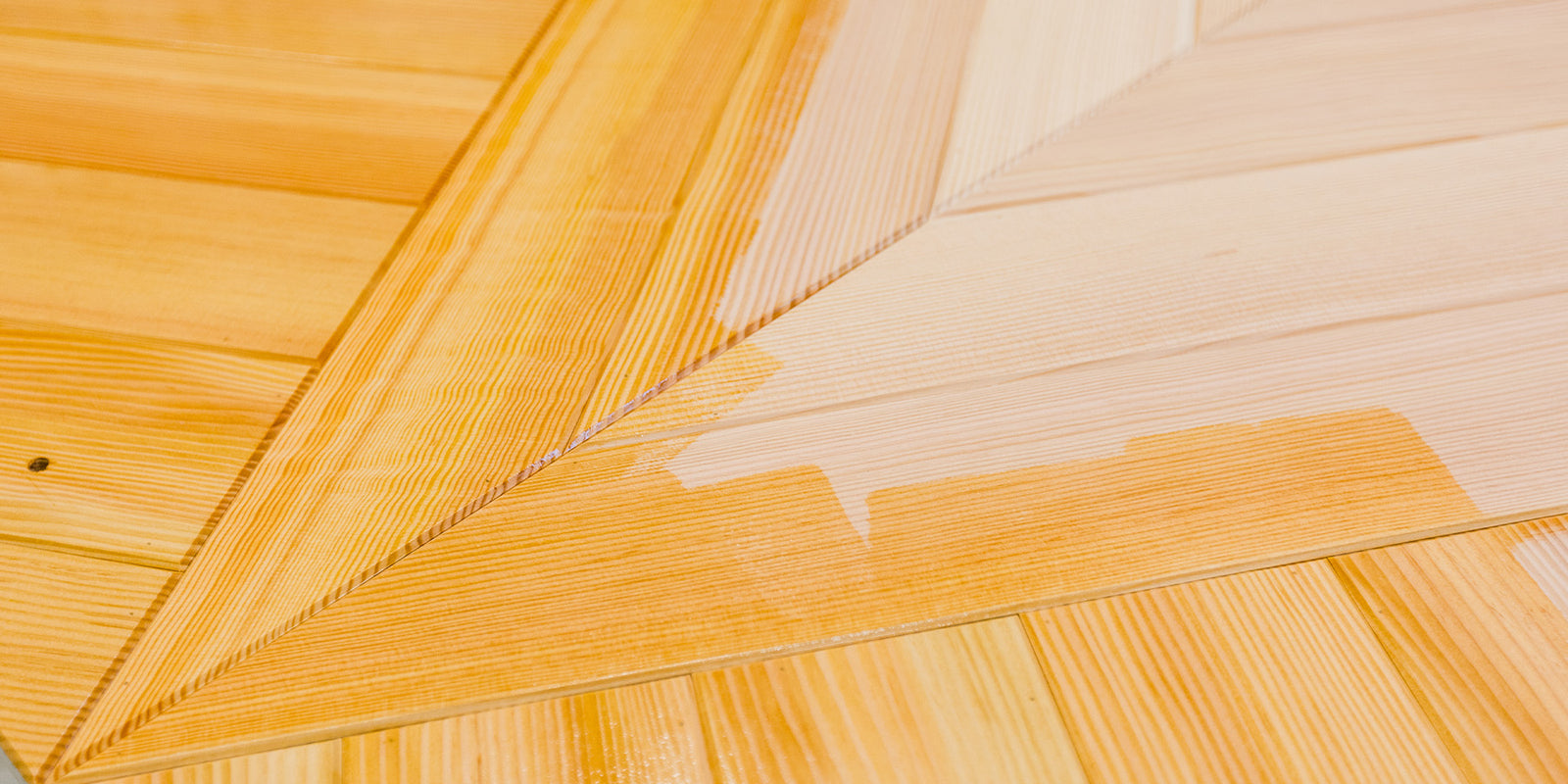



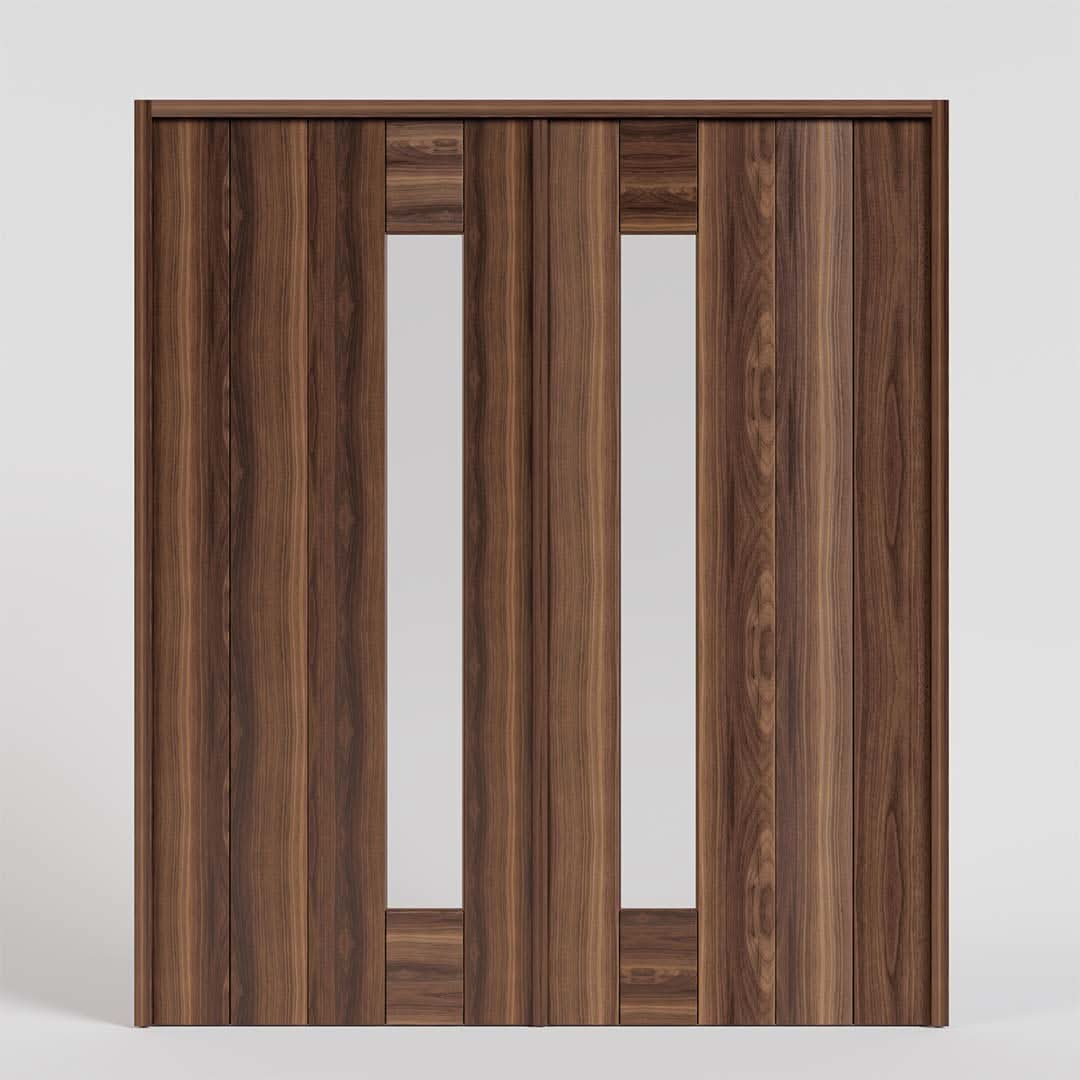
Leave a comment (all fields required)